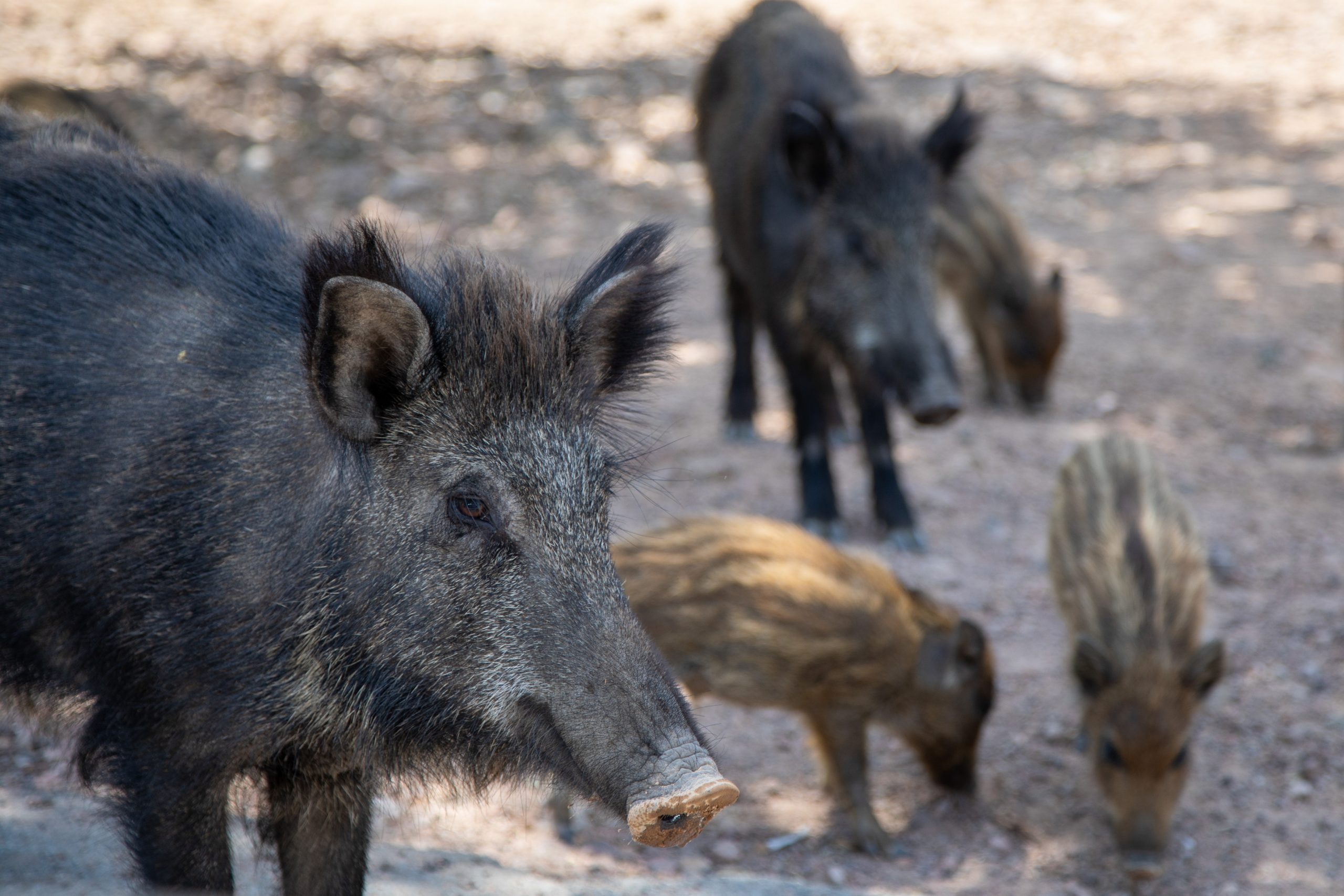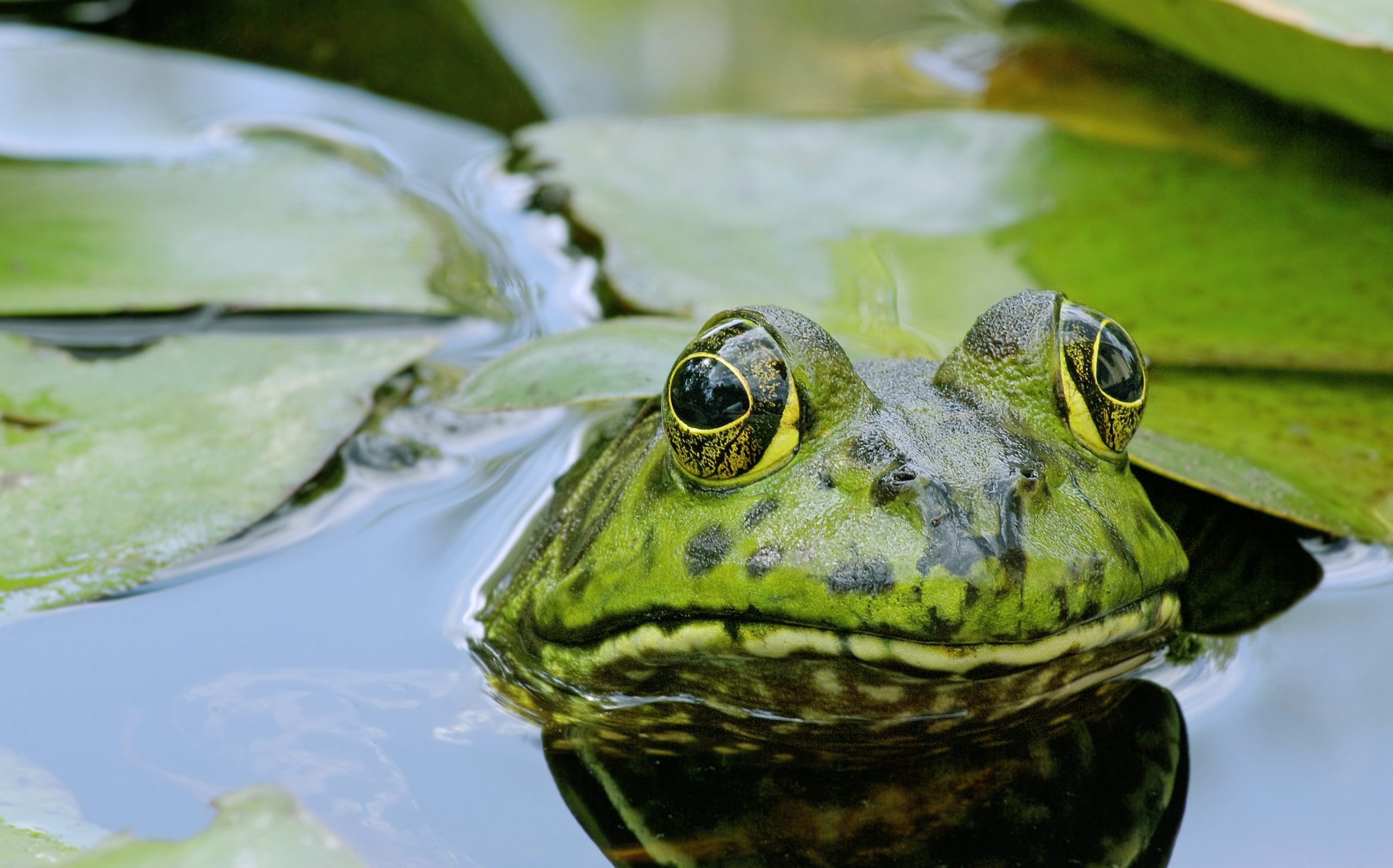By Keith Walsh
In drought-stricken California, the winter season starting in late 2022 and ending in early 2023 was predicted to be mild, with La Niña conditions. In other words, meteorologists expected little rain to alleviate the persistent drought that has plagued the southwestern United States for decades.
Then the unexpected happened: historic rains fell upon Southern California from December 2022 to March 2023. It shouldn’t have been a surprise, however – cloud seeding efforts get the credit for this bounteous precipitation.






